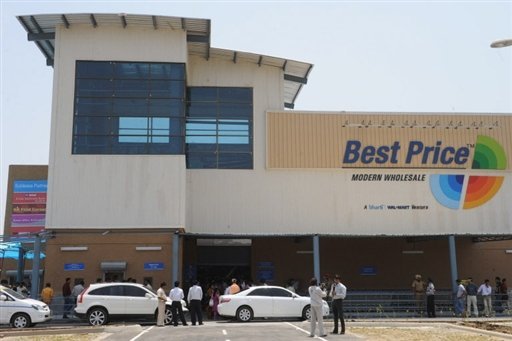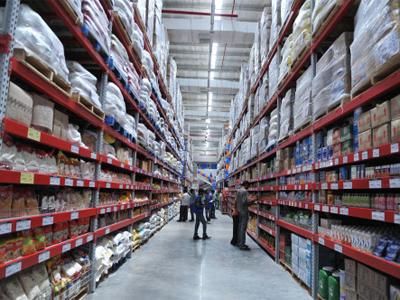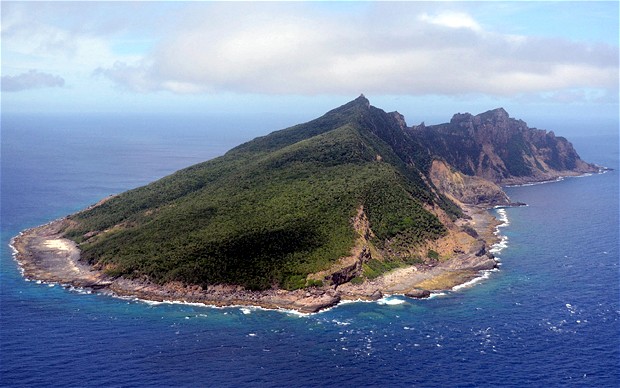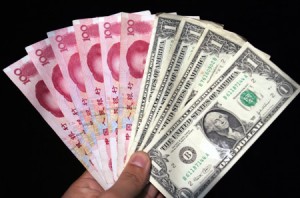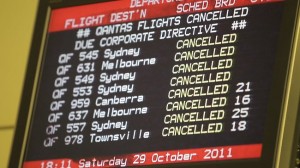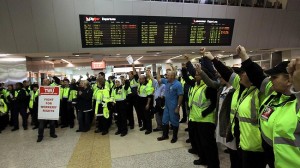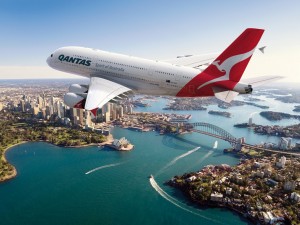Going back home to Singapore for the holidays I had quite a few possibilities in terms of which airline to choose. I chose to fly via Hong Kong on Cathay Pacific. However I did considered other places to stop over such as Shanghai, Beijing and Guangzhou. I now ask myself…would I have all of these options 3-4 years ago?
Despite rising fuel prices, economic slowdown and other modes of transport (such as trains for regional travel) China’s civil aviation industry is still preditcted to grow over the coming years. Chinese airlines are sprawled amongst the global alliances. For example, China Southern Airlines, operating out of Guangzhou, is part of global alliance SkyTeam. The airline is even considering introducing flights to South America and Africa. A classic example of globalisation, who could have imagined that one day it’ll be possible to fly from Rio de Janeiro to Guangzhou on China Southern Airlines! China’s 12th 5 year plan promotes the development of the civil aviation industry. It is estimated that by 2015 China will have 230 airports allowing 80% of China’s population to be within 100km of an airport.
In Arya Radjendra’s blog post titled Garuda Indonesia Expansion. Calculated Risk or SImply Wrong? he gives insight unto Garuda Indonesia’s recent decision to re-operate to the USA and Europe. With the fourth largest population in the world and as one of Goldman Sachs Next Eleven countries we may see an expansion of civil aviation in Indonesia just like what is currently happening in China. As Indonesia and other Next Eleven countries becomes stronger economic players in the Asia Pacific Region we are bound to see further growth and development of their international transport companies. Who knows but perhaps in the future I’ll be more inclined to take Garuda Indonesia instead of Singapore Airlines/Silk Air to go to Jakarta or Bali…
Articles:
http://www.chinadaily.com.cn/cndy/2012-11/13/content_15920223.htm
http://usa.chinadaily.com.cn/china/2012-11/13/content_15922227.htm



